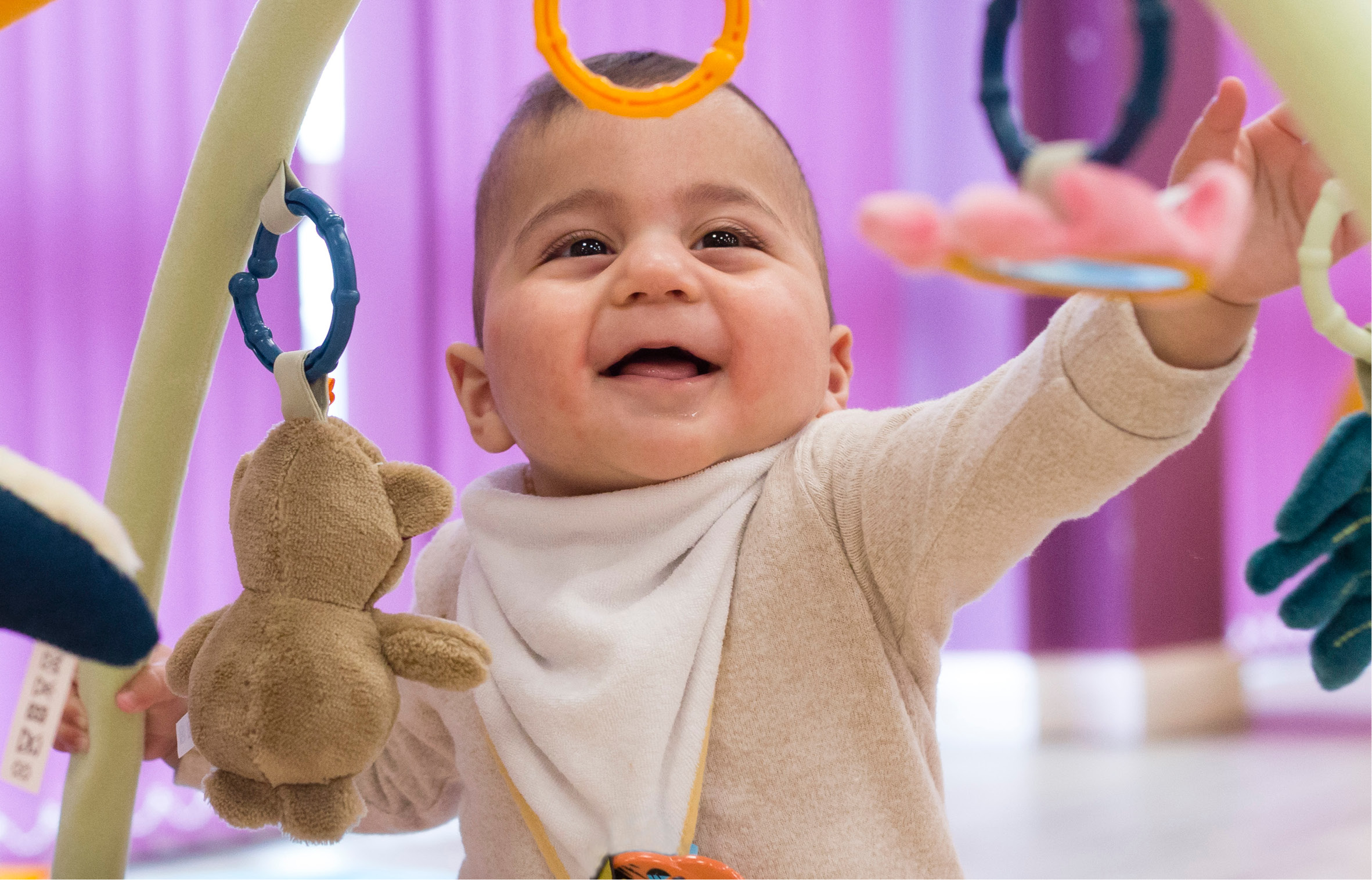At our Shared Learning 'Let’s Play' event on Thursday 21 September 2017, Professor Fraser Brown shared his knowledge and research into building baby and toddler brains through play.
Professor Brown is the first Professor of Playwork in the UK and and teaches on the BA (Hons) Playwork degree at Leeds Beckett University. In this blog he expands on the concept of ‘transitional objects’ and a child’s emotional attachment to their favourite toy.
 By Professor Fraser Brown, Professor of Playwork at Leeds Beckett University
22 September 2017
By Professor Fraser Brown, Professor of Playwork at Leeds Beckett University
22 September 2017
Professor Fraser Brown’s blog
During my ‘building baby and toddler brains through play’ presentation, I mention the concept of ‘transitional objects’, but don’t get the chance to explain it in any depth. The following is an extract from my book, Play and Playwork: 101 Stories of Children Playing, which hopefully provides some insight into the concept. Another therapeutic process that is strongly associated with play is the use of artefacts that Winnicott (1971) calls ‘transitional objects’ - the most well-known example being Linus’s security blanket in Charles M Schulz’s Peanuts comic strips. When entering into a world of insecurity, children commonly use a favourite play thing as a symbol of a secure past in order to help them feel more secure in the present day. This is a process that is not confined to childhood. For example, students moving away from home for the first time, commonly take their favourite cuddly toy with them. I was told a story by my nephew’s daughter about an incident involving her younger brother, which illustrates the power of transitional objectsBunny - Alishia Hawkins
When my brother Josh was born, mum and dad bought him a special cuddly toy, a furry rabbit. He really and truly loved it. Even when he was quite small he wouldn’t go to sleep unless he was holding the rabbit. As he got older Bunny went everywhere with him, and every night Josh cuddled him in bed. Josh often got sick over Bunny, but mum would wash him, so he always looked as good as new. When Josh was two years old he lost Bunny while we were out in the town. Mum said he probably lost his grip when he was asleep, and Bunny fell out of the buggy. Josh was really upset, so we went back round the route we had walked that morning, but we couldn’t find Bunny. About three years later I was looking through some family photographs on the computer. Josh was standing next to me. One of the photos showed him holding Bunny. When Josh saw Bunny he got really upset, and started crying. I thought I was going to get into trouble for upsetting him, but I told mum and dad anyway. This story shows the symbolic power of such play things. It is fascinating that Bunny was lost when Josh was two, and the incident when he got upset happened three years later. At the age of five it was certainly not possible for Josh to articulate why he got so upset, and yet the emotional attachment to this object was so strong it overwhelmed him. This story reminds us of the significance of transitional objects for children:- they are familiar
- they are associated with security
- they are often used in strange surroundings
- their presence gives comfort in situations of uncertainty
- they offer reassurance when separated from a loved one
- they are usually, but not always, soft and cuddly
 By Professor Fraser Brown, Professor of Playwork at Leeds Beckett University
22 September 2017
By Professor Fraser Brown, Professor of Playwork at Leeds Beckett University
22 September 2017
